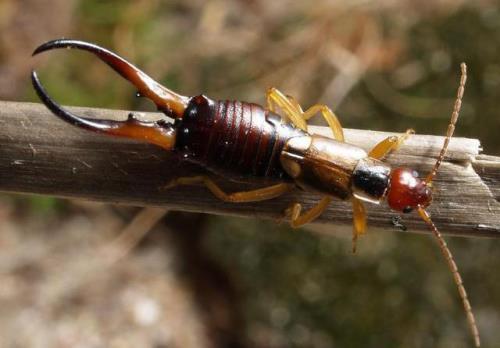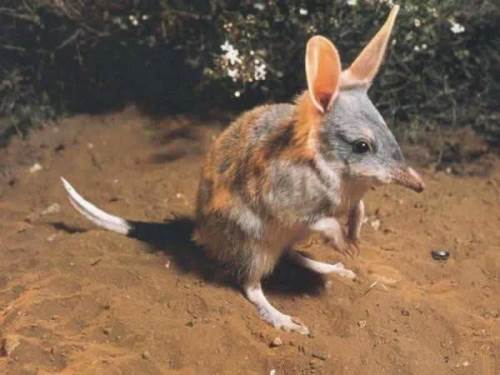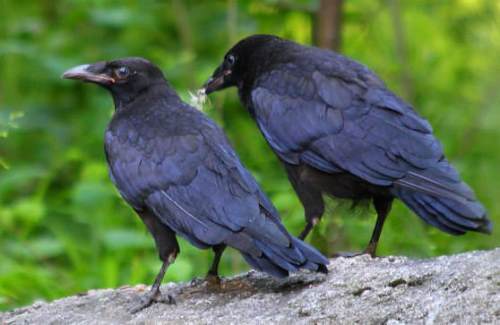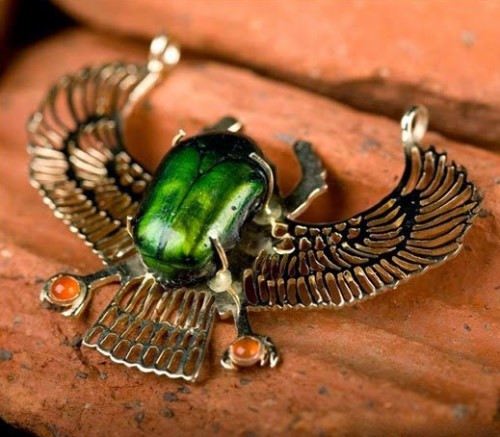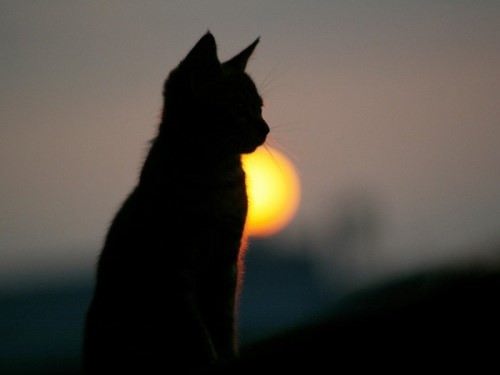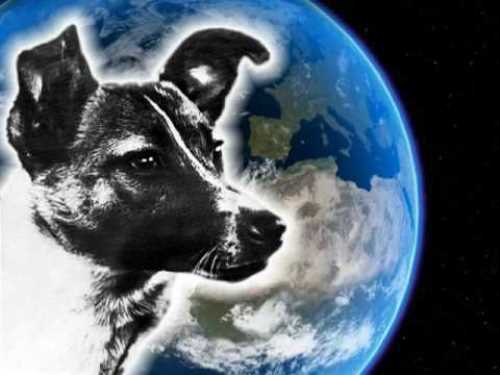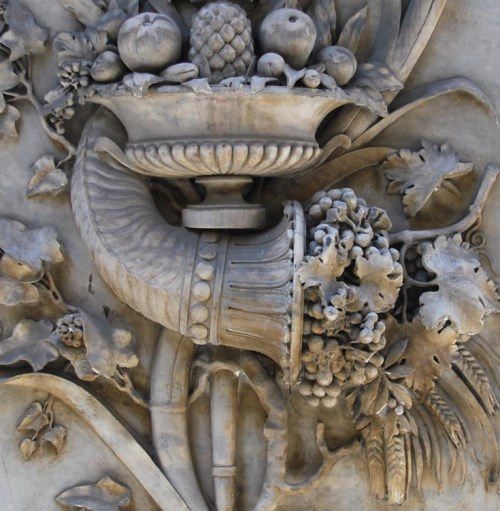Earwig – interesting insect
Earwig is a long-bodied insect with chewing mouthparts and many-jointed antennae. They hatch into nymphs which closely resemble the adults. The most distinguishing characteristic of earwigs is the pair of unjointed, forceps-like structures that terminate their abdomen. The pincers are useful in defense.
Earwigs are nocturnal animals, and they hide during the day in dark, damp places. There are about 900 classified species of earwigs in the world.
Earwigs received their common name from the folk belief that these insects would sometimes crawl into the ears of people as they slept.
Earwigs live on all continents of our planet, except frosty Antarctica. They eat different plants, other insects, and sometimes honey. In rural areas of England, earwig is called battle-twigs. Almost all earwigs have wings, and they can fly, but they do it very seldom. Several species of earwigs are wingless and blind.
More »
